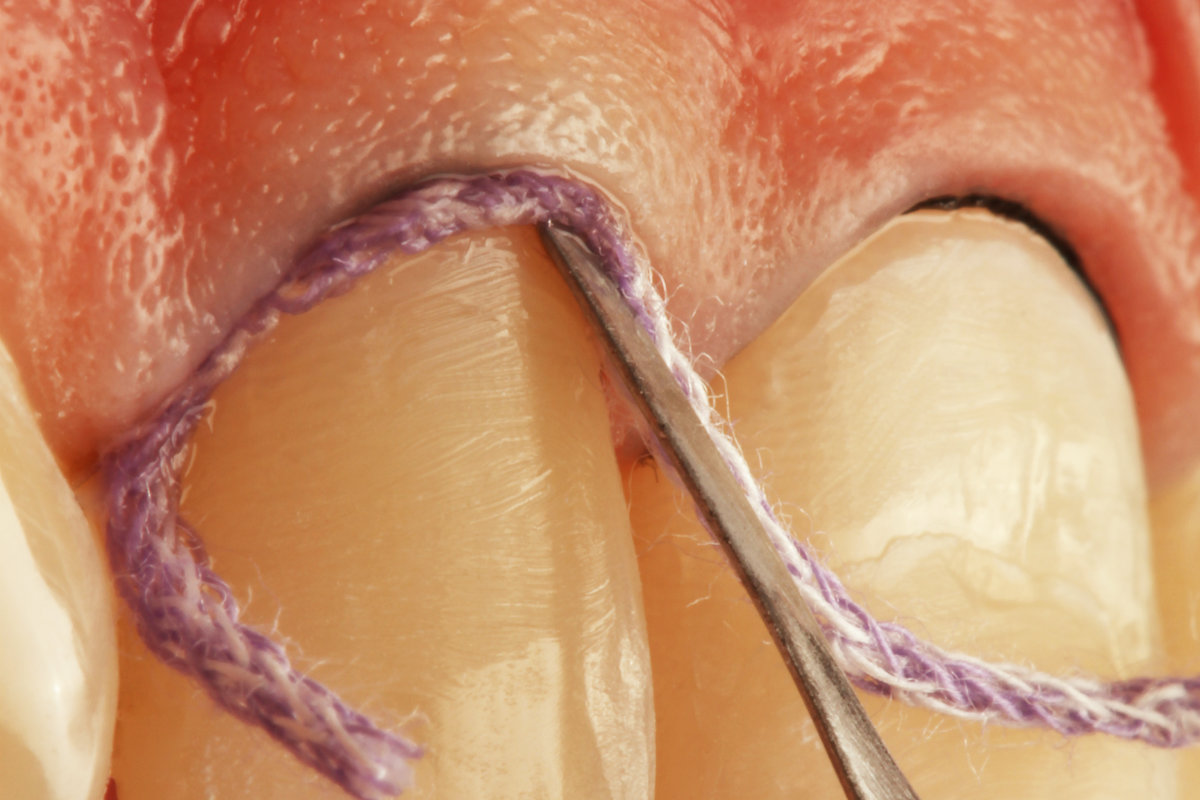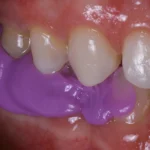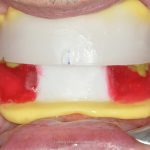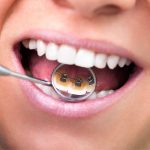
The success of any fixed prosthesis depends on the precision with which the impressions of the dental arches are taken. While the proper detection of the preparations remains of vital importance, antagonistic and interocclusal contact impression taking should not be ignored, and these issues will be addressed in more detail on another occasion.
The importance of tissue distancing
To manage to take an impression of the areas or preparation lines and, where necessary, the spaces beyond the preparation, it is important that the soft tissues are spaced appropriately. The objective of gingival displacement is specifically to shift the tissue without trauma to grant access for the material to the margin to read and provide sufficient thickness to the material at this level, in order to avoid tearing, especially when particularly rigid compounds are used.
The difficulty increases in proportion to the closing margin situation at sub-gingival level, or when inflamed tissues are present in the gingival area and a thin biotype. Multiple instruments and techniques are available for these delicate objectives; it is particularly interesting to assess the reasons which may drive towards the use of one rather than two displacement cords.
Other aspects
During insertion, the device is gently inserted into the furrow with the aid of cord-prodding instruments, paying particular attention to avoiding any possible bleeding, an occurrence that is all the more remote if active liquids are used in the haemostasis of the area of the furrow.
These are fluids added to specific solutions containing aluminium sulphate or chloride, or ferric sulphate. These compounds should be used while taking into consideration any possible interactions with silicones and polyethers. In particular, the former may incur inhibition when used after the application of aluminium sulphate, while polyethers may lead to inhibition of polymerization when a retractor liquid containing aluminium chloride or ferric sulphate is used.
These steps constitute a must-have crossroads to achieve reliable results in fixed prostheses, leading to the creation of quality prostheses with marginal fidelity and an appropriate emergency profile. For these reasons, a clinical worker should be able to choose certain factors to simplify their workflow and improve results; one of these include the importance of assessing whether to insert one or two retraction cords.
Clinical studies
To help orthodontists in this decision, a clinical study on gingival retraction was conducted on 67 random individuals in 2017, split into 3 groups (2 tests and 1 control). In group 1 (test) only a retraction liquid was used, whereas in group 2 (test) they used a cord associated with retraction liquid, and in group 3 (control) the conventional double-cord technique was used without adding any retraction liquids.
The results show that for a dental technician, preparing a suitable crown proves simpler when the conventional double-cord technique is used. This is therefore confirmed to be the most reliable in exposing the margin of preparation and beyond the end of preparation, while nevertheless risking causing minimum recessions between the moment the impression is taken and the moment the final prosthesis is delivered, therefore showing two small traumas to the pink tissues.
Do you want more information on Zhermack Dental products and solutions?
Contact us




 Zhermack SpA has been one of the most important producers and international distributors of alginates, gypsums and silicone compounds for the dental sector for over 40 years. It has also developed solutions for the industrial and wellbeing sectors.
Zhermack SpA - Via Bovazecchino, 100 - 45021 Badia Polesine (RO), Italy.
Zhermack SpA has been one of the most important producers and international distributors of alginates, gypsums and silicone compounds for the dental sector for over 40 years. It has also developed solutions for the industrial and wellbeing sectors.
Zhermack SpA - Via Bovazecchino, 100 - 45021 Badia Polesine (RO), Italy.


